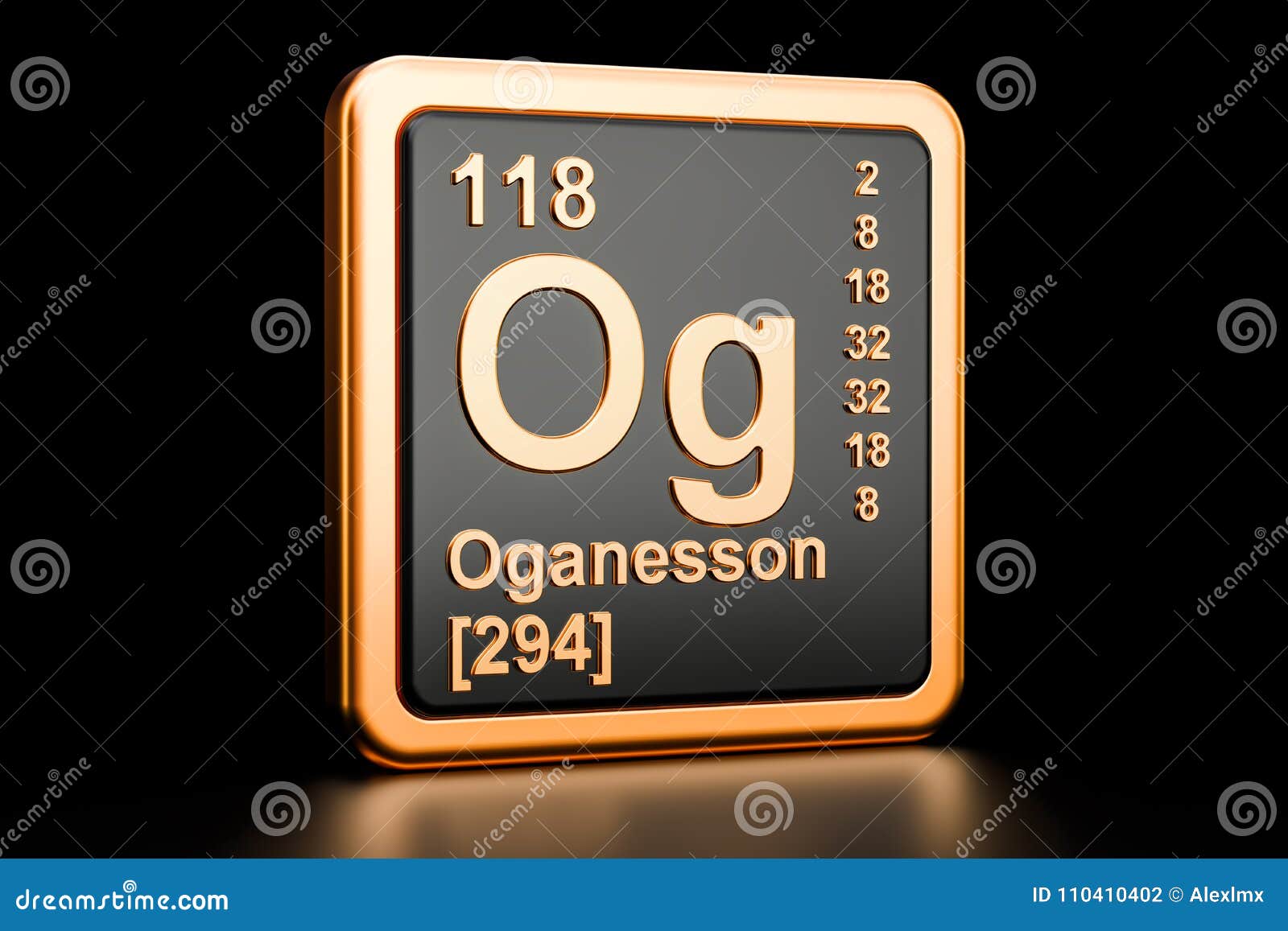

A half-life of 0.89 ms was calculated: 294 A fourth decay by direct spontaneous fission was also proposed. In the experiments, the alpha-decay of three atoms of oganesson was observed. Nevertheless, researchers are highly confident that the results are not a false positive, since the chance that the detections were random events was estimated to be less than one part in 100 000. In 2011, IUPAC evaluated the 2006 results of the Dubna–Livermore collaboration and concluded: "The three events reported for the Z = 118 isotope have very good internal redundancy but with no anchor to known nuclei do not satisfy the criteria for discovery".īecause of the very small fusion reaction probability (the fusion cross section is ~ 0.3–0.6 pb or (3–6) ×10 −41 m 2) the experiment took four months and involved a beam dose of 2.5 ×10 19 calcium ions that had to be shot at the californium target to produce the first recorded event believed to be the synthesis of oganesson. On 9 October 2006, the researchers announced that they had indirectly detected a total of three (possibly four) nuclei of oganesson-294 (one or two in 2002 and two more in 2005) produced via collisions of californium-249 atoms and calcium-48 ions. Headed by Russian nuclear physicist Yuri Oganessian, the team included American scientists of the Lawrence Livermore National Laboratory, California. The first decay of atoms of oganesson was observed in 2002 at the Joint Institute for Nuclear Research (JINR) in Dubna, Russia, by a joint team of Russian and American scientists. In June 2002, the director of the lab announced that the original claim of the discovery of these two elements had been based on data fabricated by principal author Victor Ninov. The following year, they published a retraction after researchers at other laboratories were unable to duplicate the results and the Berkeley lab could not duplicate them either. The researchers reported to have performed the reaction 86 In 1999, researchers at Lawrence Berkeley National Laboratory made use of these predictions and announced the discovery of livermorium and oganesson, in a paper published in Physical Review Letters, and very soon after the results were reported in Science. His calculations suggested that it might be possible to make oganesson by fusing lead with krypton under carefully controlled conditions. In late 1998, Polish physicist Robert Smolańczuk published calculations on the fusion of atomic nuclei towards the synthesis of superheavy atoms, including oganesson. It took eighty years from Bohr's initial prediction before oganesson was first successfully synthesised, although its chemical properties have not yet been investigated to see if it really does behave as the heavier congener of radon.
OGANESSON SYMBOL HOW TO
These were remarkably early predictions, given that it was not yet known how to produce elements artificially in 1922, and that the existence of the island of stability had not yet been theorized in 1965. Following this, Aristid von Grosse wrote an article in 1965 predicting the likely properties of element 118. The Danish physicist Niels Bohr was the first to seriously consider the possibility of an element with atomic number as high as 118, noting in 1922 that such an element would take its place in the periodic table below radon as the seventh noble gas. Calculated atomic and physical properties.



 0 kommentar(er)
0 kommentar(er)
